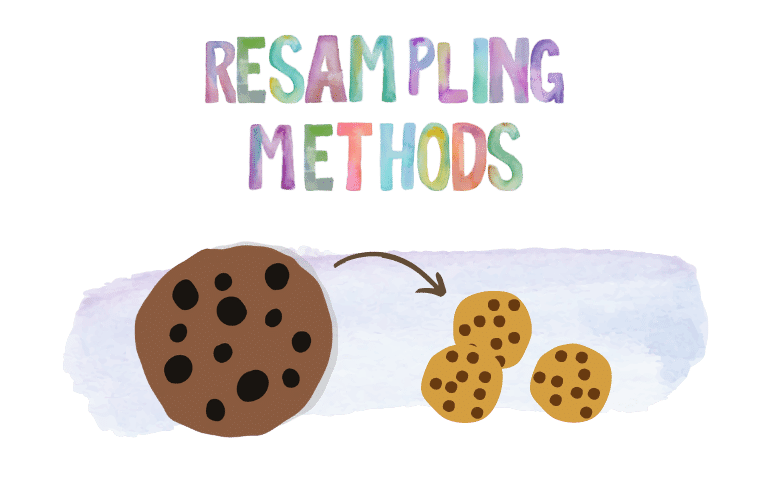
Section 13 An Overview of Resampling Methods

Resampling methods are an indispensable tool in modern statistics. They involve repeatedly drawing samples from a training set and refitting a model of interest on each sample in order to obtain additional information about the fitted model.
For example, in order to estimate the variability of a linear regression fit, we can repeatedly draw different samples from the training data, fit a linear regression to each new sample, and then examine the extent to which the resulting fits differ.
Such an approach may allow us to obtain information that would not be available from fitting the model only once using the original training sample.
In this chapter, we discuss two of the most commonly used resampling methods: cross-validation and the bootstrap, which are important tools in the practical application of many statistical learning procedures.
Cross-validation can be used to estimate the test error associated with a given statistical learning method in order to evaluate its performance, or to select the appropriate level of flexibility.
The bootstrap is used in several contexts, most commonly model to provide a measure of accuracy of a parameter estimate or of a given selection statistical learning method.
Model assessment
The process of evaluating a model’s performance.
Assessment Model selection
The process of selecting the proper level of flexibility for a model.